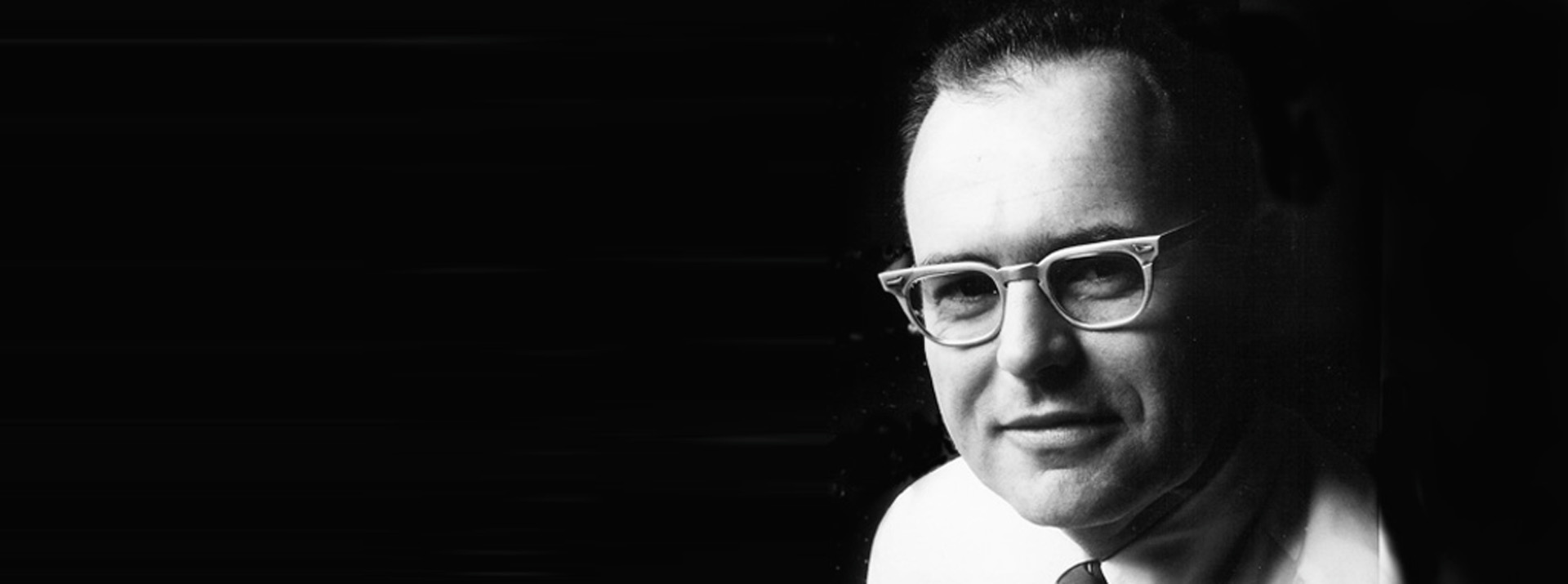Gordon Moore - The Passing of a Visonary

For more than 50 years, Moore’s law has held up strong, even with debates on whether it is slowing down. Nonetheless, Gordon Moore’s, the co-founder of Intel has been popular with the prediction he made back in 1965, and will probably remain as one of his most well-known legacy following his recent passing. However, I was intrigued with how the prediction came about, and more importantly, who Gordon Moore was beyond Moore’s Law. This post summarises some of my own reading, and serves as a short lesson into the history of electronics.
Moore’s Law
Addressing the elephant in the room, the term “Moore’s Law” was actually coined by Carver Mead, a collaborator of Gordon Moore back in the 1970s. In 1965, Gordon Moore himself actually made a prediction that the complexity of semiconductors will roughly double every year in his editorial for the Electronics magazine. In 1975, he revised his prediction to an approximate doubling of semiconductor complexity every 2 years from 1980 onwards. This duration of 2 years has been commonly misquoted as 18 months due to a separate prediction by Gordon Moore’s colleague - David House. Nonetheless, the term “Moore’s Law” was popularised by Carver Mead, who went on to prove that instead of getting hotter, and slower as transistors shrink, transistors can become faster and cooler when miniaturised.
In recent years, some have argued that Moore’s Law is slowing and may eventually come to an end if no new breakthroughs are achieved, especially at the transistors level. Contrary to popular beliefs, the cause of the slowing is not due to the thermal limits of the devices. Instead, it has more to do with the actual Physics governing how current flows, especially at the increasing microscopic scale. This seemingly gradual approach towards the end of Moore’s Law has optimistically given rise to an increased interest (such as in myself) in research on improving computing beyond Moore’s Law. Some of these research directions include new devices for logic and memory, integration processes, and innovative computing architectures beyond von Neumann architectures.
Gordon Moore Beyond Moore’s Law
While Gordon Moore is famed for his prediction and the company he co-founded - Intel, his scientific or engineering journey is something worth taking note of. Graduating from UC Berkeley and going to Caltech for his graduate studies, Gordon Moore’s interest has always been devices (Chemistry and Physics wow).
His first scientific career began when he was recruited by Shockley (Yup, the man behind Shockley Diodes) to join Shockley Semiconductor Laboratory. However, being unsatisfied by the management style of Shockley, Gordon Moore, together with 7 other, left the laboratory as the “Traitorous eight” (Julius Blank, Victor Grinich, Jean Hoerni, Eugene Kleiner, Jay Last, Gordon Moore, Robert Noyce, and Sheldon Roberts) and joined Fairchild Semiconductor in 1957.
Gordon Moore led a team in the development of the first silicon n-p-n transistor (2N696) in Silicon Valley, with his colleague Jean Hoerni developing the planar process during the same time. This led to a conflict between Jean Hoerni and Gordon Moore, and the planar process which was one of the key breakthroughs in microelectronics being not credited to Jean Hoerni where it is due.
While the overall business flourished, some intrinsic fractures seem to be dormant within Fairchild Semiconductor itself. In the years following 1957, Fairchild’s businesses took some hits, and internal strife and politics led to fractions. In 1968, Robert Noyce and Gordon Moore left and founded NM Electronics (or MN Electronics using their initials, very creative) before renaming it Intel (taking the “Int” and “el” in “Integrated” and “Electronics” respectively), fortunately.
Taking together the Metal-oxide semiconductor (MOS) Silicon Gate Technology, Intel managed to beat competitors in their semiconductor memory designs (SRAM) and eventually using MOSFET transistors in the early years, and gained traction from then on (maybe not so much in recent years with rising competitions but that is a separate topic).
More Than An Engineer/Scientist/Researcher
Through his history, I came to learn that beyond his scientific or engineering abilities, Gordon Moore was also a businessman and a leader. While his conflicts with his colleagues and companies were not pretty, his adaptability in each rocky transition point of his career is respectable. Additionally, with his wife, Betty Irene Whitaker, they started the Gordon and Betty Moore Foundation which benefited environmental conservation, science education (oops for some controversies on the telescope in 2014 though), and also nursing training in the San Francisco Bay Area.
Was Gordon Moore a perfect person? No. Is he worth learning from? Definitely. His entrepreneurship spirit showcases his courage to make drastic changes to make an impact, and his visionary trait is one I highly respect. While I have not met him in person, or even studied about him in detail in school, I have always known of Moore’s Law especially in relation to my interest in Neuromorphic Engineering. With his passing, I took the chance to learn much more about him as a person and more about his legacy beyond Moore’s Law. I am grateful for his legacy, especially his impact in stimulating the intellectual abilities of generations beyond him in advancing electronics and computing.
References
- Literally Wikipedia
- T. N. Theis and H. . -S. P. Wong, “The End of Moore’s Law: A New Beginning for Information Technology,” in Computing in Science & Engineering, vol. 19, no. 2, pp. 41-50, Mar.-Apr. 2017, doi: 10.1109/MCSE.2017.29.